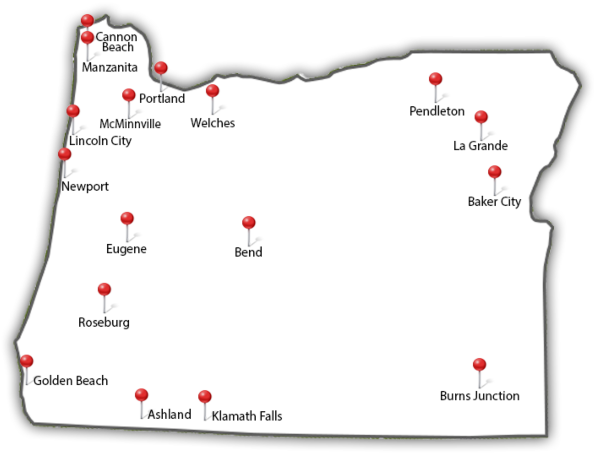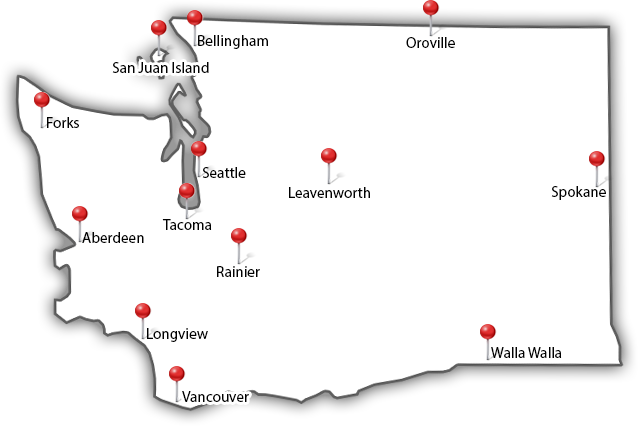Archive for the ‘Trimming’ Category
Monday, June 18th, 2018

Are you considering trimming or pruning your trees yourself? Maybe you’re thinking “how can I save money on landscaping expenses?” Perhaps you’re even considering investing in tree trimming equipment and turning it into part of your home landscaping routine.
While it can be tempting to think tree maintenance can be a DIY project, the risks don’t outweigh the benefits. In this post, we’ll outline the reasons why it’s a good idea to hire a professional tree pruner.

Improper pruning can harm or even kill your tree
Improper pruning can actually damage your tree more than doing nothing at all. Since every tree and environment is different, it’s not as simple as researching and doing it yourself. Here in the Pacific Northwest, trees grow particularly fast. This underscores the importance of proper pruning, since things can spiral out of control quickly.
Common tree pruning mistakes include:
- Taking too much off the top: When you take too much off the top of a tree (known as “topping”), it no longer grows as it should. Not only will it lead to an ugly tree, but it will likely die due to a weakened branch structure.
- Not knowing where to cut: Many people approach pruning as simply cutting what looks like a weak branch. While removing dead branches is necessary, doing it improperly can severely damage the health of the tree. For instance, if bark is inadvertently removed the tree will be susceptible to disease. Also, if branches close to the trunk are removed it can hurt the tree’s ability to heal properly.
- Over pruning: Excessive pruning will kill your tree. At no point should more than 20% of a tree’s foliage be removed, as it will do irreversible harm.
Each tree (and tree species) is different
The primary reason it’s so hard to prune trees if you’re not an expert is the wide variance of needed maintenance from tree to tree. Two trees of the same species, even if they are right next to each other, can need completely different care.
The issue is compounded if they are different species. One species may need to be pruned in spring, while a different tree (even located in the same yard) may need to be pruned in the fall. Trees require unique care due to their genetic makeup and their reactions to a specific environment. For instance, two different species of trees react to rainstorms differently, meaning that the way severe weather impacts each tree could be very different.
Without knowledge, training, and experience it can be hard to know what to do.

Professionals will always have the training, experience, and equipment to get the job done
When you hire a professional tree pruner, you can rest easy knowing the job is done right. Local tree pruning services have worked with thousands of trees in the area and have a deep familiarity with local tree species.
They’ll also have experience with the type of tree growth and specific situations presented in your community. Plus, since they’ve seen so much tree growth in your community and know how to take care of Oregon trees, they won’t be phased by any challenges.
Arborists will always have the extensive amount of equipment needed to do the job right. They also will be trained to use the equipment properly and safely.
When you work with experienced and trusted Portland arborists you know the work is done by Accredited Certified Arborists who know how to do the job right the first time.
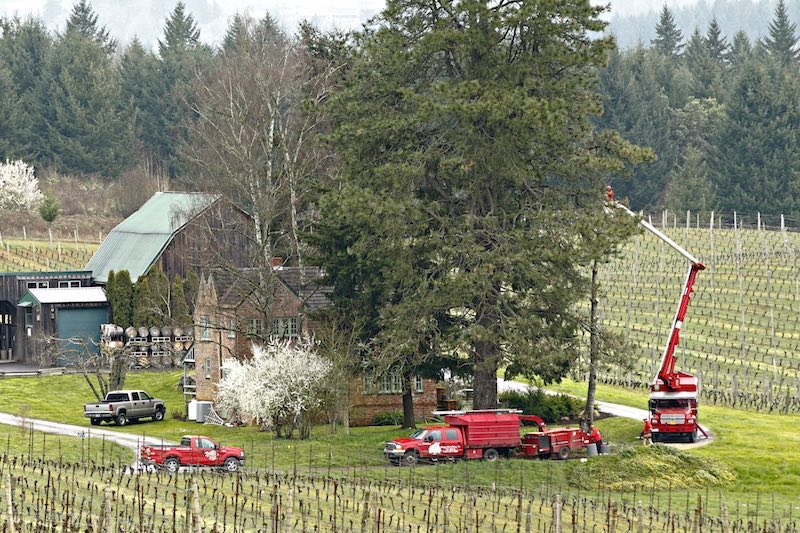
Work with Northwest Arbor-Culture
At Northwest Arbor-Culture, we’ve been helping homeowners here in the Pacific Northwest for 17 years. We know how trees in our community grow and are committed to ensuring the health and proper growth of your property’s trees.
We offer all the professional tree care services you’ll need.
Learn more about our tree pruning services.
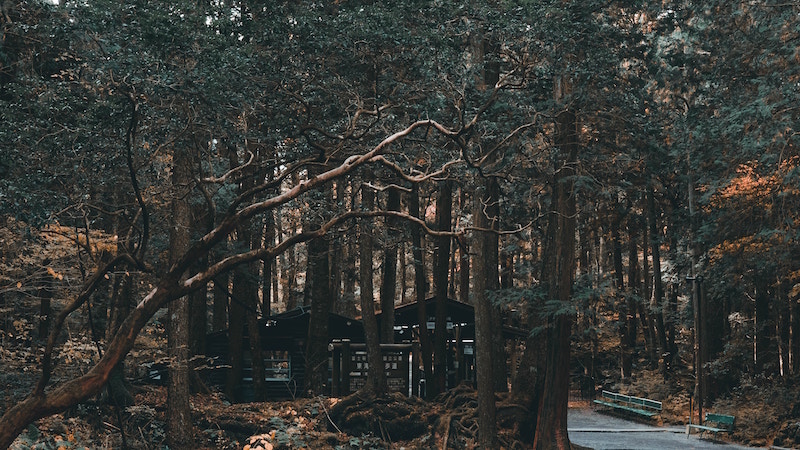
Tree pruning can be dangerous (to you and your home)
Between 2009 and 2015, 580 people died from injuries sustained while trimming trees. This is significantly more than other home improvement and maintenance projects.
There are a lot of reasons for this danger, including:
- It’s hard to tell a stable branch from an unstable one. Standing on or even knocking into one could make the branch collapse, either underneath or on top of you.
- When you’re up high anything can happen. With trees in the Portland area reaching heights over 100 feet, falls can be fatal.
- Wildlife often lives high up in trees and can become erratic when disturbed, either injuring you or forcing you to fall.
- For trees that are over or next to power lines, branches can fall onto the lines, knocking them down and creating an extremely dangerous situation.
While not as dire, trimming trees yourself can also cause severe property damage to you or your neighbor’s homes. Even if a branch is not over anything, when the branch falls it could be redirected by another branch, causing it to fall on your home or something else.
Trusted professionals will always have insurance
While not all property risks are alleviated by hiring professionals, a professional and experienced arborist will have insurance to cover any injury or damage. This will include any property damage caused by their work. It will also cover any injuries, serious or minor, inflicted on any workers while they are working on your home.
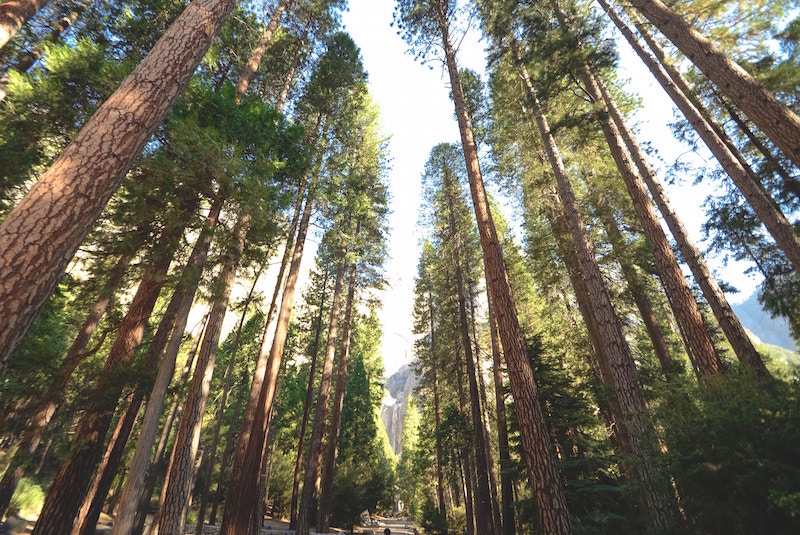
It will look better when you hire a professional
Tree arborists are professionals for a reason. They are there to make sure your trees are healthy and look great. When you trim trees yourself, the tree can grow at an angle that is both unhealthy and unattractive.
Landscaping is an investment in your home
If you’re like most people, your home is your largest asset and a large part of your financial future. Treat it as such and make sure to nurture it in a way that accentuates the things making it valuable.
Maintaining your home’s landscaping, and particularly trees, will ensure you protect the value of your home.
Money invested in landscaping generally has an ROI of over 150%!

Northwest Arbor-Culture can help protect your investment
Give us a call today to help ensure your home stays beautiful for the long haul. We have years of experience helping Portland homeowners keep their trees healthy and attractive. Call (503) 538-8733 or contact us online.
Tuesday, May 31st, 2016
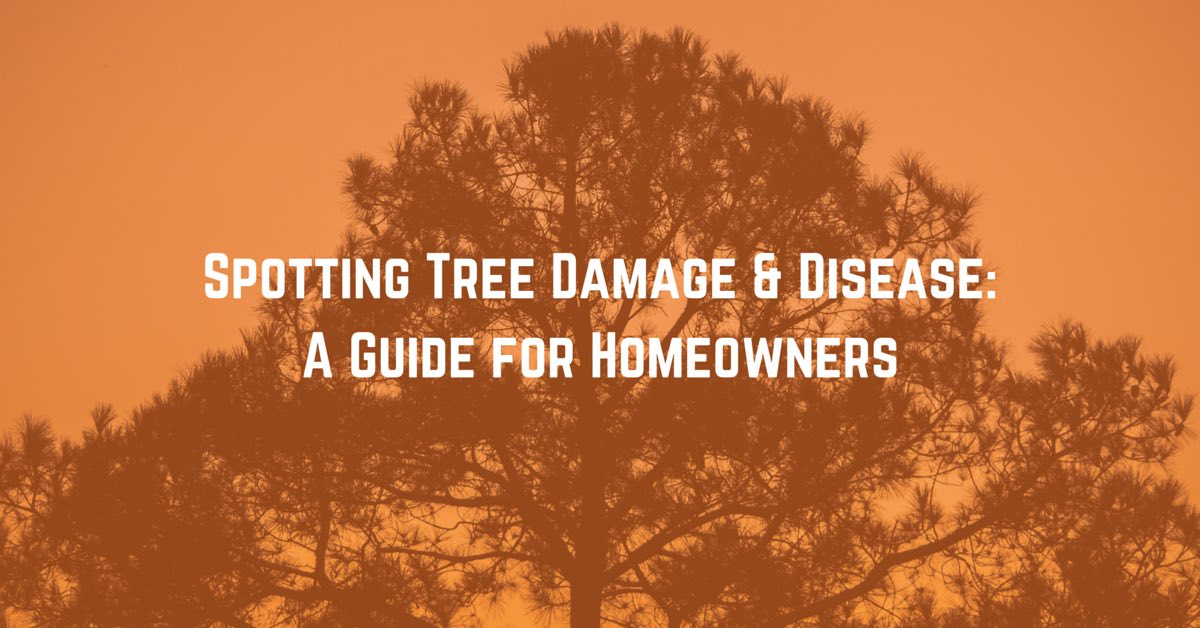
Did you know that there are some trees that can live to be over 5,000 years old? While the trees in your yard won’t live that long, if they’re well maintained, they can live for 50 years or even longer! Unfortunately, many trees become diseased, rotted, or damaged before they can reach their full potential.
Today we’ll talk about some of the most common causes of tree problems and diseases as well as signs that your tree might be unhealthy and in need of help.
Weather & Storms
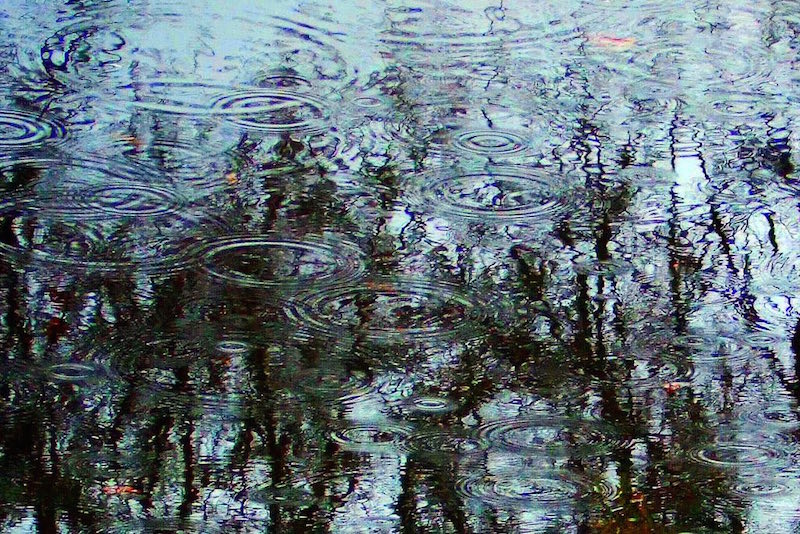
Our Portland climate is generally pretty mild, but our weather can still cause serious damage to trees. During the rainy months, too much precipitation can cause the ground to become waterlogged, loosening a tree’s roots. This can cause trees to lean or even topple over! During the winter, ice and snow accumulation can put stress on branches and cause them to break off
Root Damage & Loss

Tree roots are like an anchor, holding the tree steady and straight. They also absorb water and nutrients from the soil. Without a healthy root system a tree simply can’t be healthy. Since they’re underground root problems are often difficult to spot until damage has already been done. Roots can be:
- Cut or crushed by heavy construction equipment
- Infected by invasive fungus
- Damaged by lack of available nutrients or changes in the environment
Disease & Infection

Diseases and infections from fungi, bacteria and other sources can be deadly. In the Portland area, for example, elm trees are especially susceptible to Dutch Elm disease. Dutch Elm disease is caused by a fungus that’s carried by certain types of beetles. The disease can spread quickly and kill many trees if it’s not caught early. Other common tree diseases include:
- Anthracnose – A fungal infection that attacks leaves, flowers, and fruits. You’ll often see this on dogwood trees.
- Dothistroma – Another fungal infection that can kill younger pine trees. This infection causes a pine tree’s needles to fall off, preventing the tree from creating the energy it needs to grow.
- Leaf Blight – Actually a variety of related ailments, leaf blight can damage a tree’s canopy, over time weakening and killing the entire tree.
Age
In a way, trees are just like people. As they age, they become more susceptible to some diseases and ailments. The branches of older trees may weaken due to an accumulation of small cracks and breaks. Depending on the weather, older trees may dry out and become brittle and unhealthy.
Construction
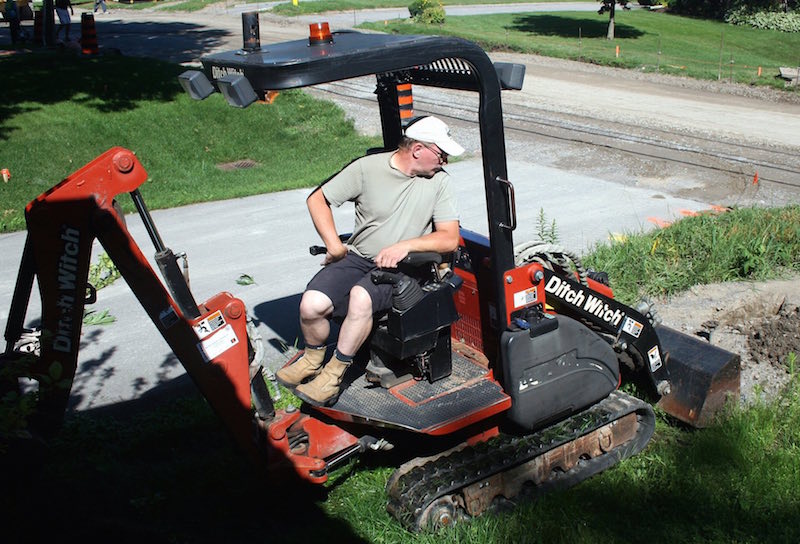
Heavy construction machinery can compress soil and damage a tree’s root system. It’s important to remember that a tree’s roots extend far from its base (in some cases 30 feet or more), making it important to stay well away from trees during construction. In addition, careless use of construction equipment can rip off a tree’s leaves and branches or cause damage to the trunk itself.
So be careful when you’re doing any work in your yard!
Poor Maintenance
Trees need our help to stay healthy! If you don’t take good care of your trees, they’re more likely to suffer from disease, damage, and other common tree problems. Luckily, most trees don’t require much maintenance. They only require regular trimmings and inspections to make sure the bark, roots, branches, and trunk are healthy and stable.
What To Look Out For
While some tree problems are tough to spot, there are some telltale signs you can be on the lookout for.
Sudden Changes to Leaf Color & Density
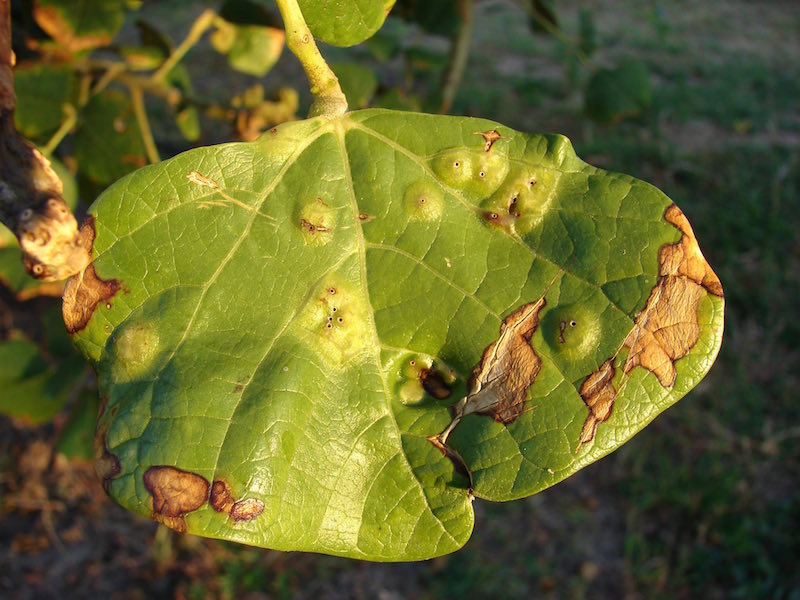
If a tree’s leaves suddenly change from green to yellow, or if leaves become splotchy or have a “banded” appearance, that could be a sign of fungal infection or disease. Or if a tree’s leaves or needles begin to fall off out of season, that’s another warning sign.
Unusual Growths & Knots
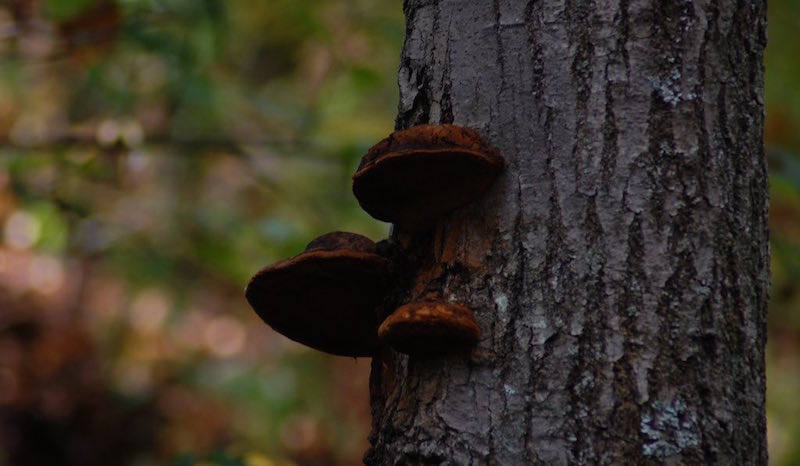
Bulbous growths or swollen areas in a tree’s trunk can be caused by bacteria growth. Fungus growing from a tree’s trunk or branches can also be signs of an unhealthy tree. These growths are often signs that your tree isn’t getting the nutrients it needs to grow normally.
Insect Damage
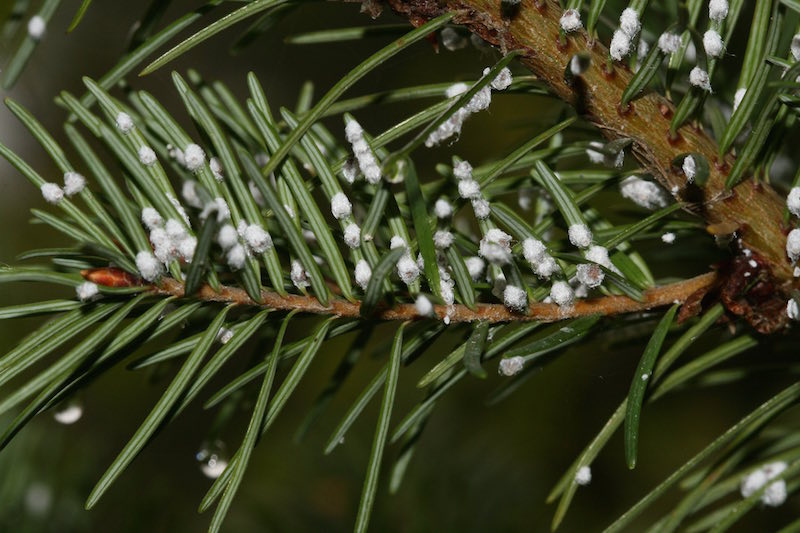
Insects can do real damage to the trees growing in your yard. Most of the time, it’s easy to spot insect damage because you can see insects crawling, flying, and buzzing around your tree, and most of the damage done will be to the tree’s exterior. Here’s what you should be on the lookout for:
- Leaves that look “chewed” or bitten – Beetles and some caterpillars feed on tree leaves. Too much damage to too many leaves can prevent your trees from getting the sunlight and nutrients they need.
- Leaves with unusual colors – Aphids, leaf hoppers, and other insects can damage leaves, causing them to turn yellow or develop a “speckled” appearance.
- Moldy bark – Aphids, lacebugs, and other insects excrete substances that can cause mold to grow on your trees, potentially causing long term damage.
Protect Your Investment
There are just so many benefits to having trees in your yard: they’re beautiful, can make you happier, and even make your property more valuable!
You should think of your trees as an investment that needs your attention to keep paying off. With just a bit of care and attention, you’ll be able to enjoy your trees for decades to come!
Ask a Professional
If you’re seeing evidence of these common tree problems and diseases, don’t worry. And if you’re at all worried about the health of your trees, don’t worry.
Contact NW Arbor Culture online or call us at (503) 538-8733 for a free consultation and estimation. We’re happy to come out, take a look at your trees, and let you know our expert opinion. We have over 30 years of experience caring for trees in the Portland area and know how to make sure your tree lives a long, healthy life.
Photo Credit: K. Kendall, Ash Kyd, John S. Quarterman, Robert Taylor, S. Rae, Carolyn Tiry, Forest & Kim Starr, AJ Cann
Wednesday, December 17th, 2014
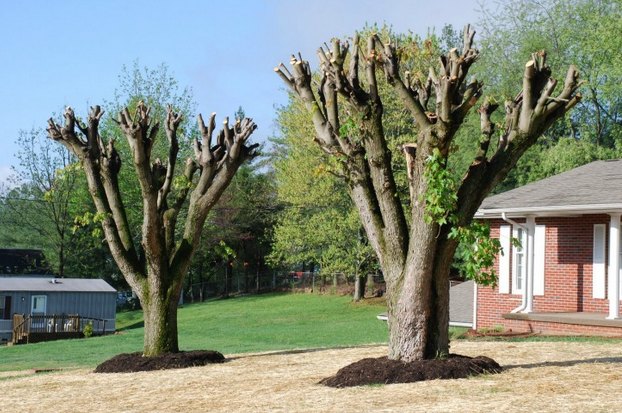
Photo: Hugh Conlon
What is Tree Topping?
Tree topping is sometimes done to mature trees. It’s when people cut branches down to stubs or to lateral branches not big enough to sustain the remaining branch. “Rounding over,” “hat-racking,” “tipping,” “heading,” “stubbing” or “dehorning,” are all other names for topping.
Why Do People Top Trees?
Some homeowners top a tree when it grows too tall for their liking. They are under the false impression that topping reduces the hazard of falling branches during a storm. It actually has the opposite effect. People also top trees when they interfere with sunny garden areas, solar collectors, buildings, or power lines.
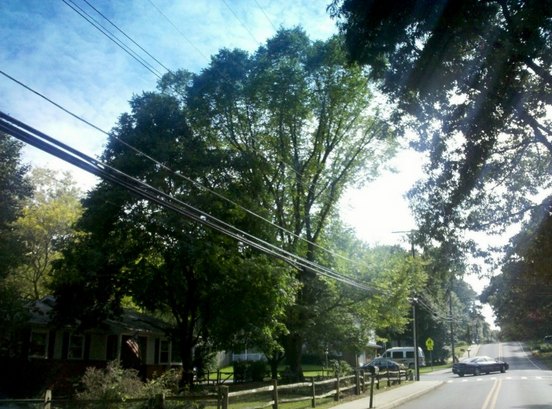
Source: Cape Blogger
What’s So Bad About Tree Topping?
1. Topping stresses trees. Remember learning about photosynthesis in biology? Basically, leaves are the food source of trees. Topping depletes the tree’s stored reserves and removes a major portion of the tree’s food-making ability.
2. Topping activates undesirable growth. Topping a tree removes most of the buds that would form a normal branch system, often stimulating “water sprout” regrowth just below the pruning cut. Water sprouts are dense, ugly, upright branches, and they grow fast. Topped trees quickly grow back to their original height, but lack the beauty of their natural form.
3. Topping leaves behind gaping wounds. The wounds left behind from tree topping are slow to close. This makes the tree more susceptible to fungal decay or insect attacks. If it is invaded by either fungus or insects, it can spread into the trunk, killing the tree.
4. Topping can lead to sunburn. That’s right, trees can get sunburned, too. The leaves on the branches within a tree’s crown absorb sunlight. When the leaves are removed, the trunk and the branches that remain are abruptly exposed to high levels of heat and light. Increased sun exposure on the branches and trunk can cause severe bark damage.
5. Topping deforms trees. When a tree is topped, its natural beauty is replaced by ugly branch stubs, distinct pruning cuts, and branches that grow in a broom-like shape. Tree topping can lower the resale value of your property.

Source: Kelly’s Cutting Edge
Alternatives to Tree Topping
Sometimes you want to reduce the height or spread of a tree, to provide room for a power line, for example. There are recommended techniques for this.
Remove small branches to their point of origin. If you want to shorten a larger tree limb, prune it back to a lateral branch that is large enough to support it. How do you know if it’s large enough? It must be at least one-third the diameter of the limb being removed. This practice of branch reduction helps preserve the tree’s natural form. Sometimes the best thing to do is remove the entire tree and replace it with a smaller species.
In summary, the answer is no, you should not top trees. Tree topping stresses trees, stimulates undesirable growth, leaves gaping wounds, damages the bark, and makes trees ugly! Our certified arborists at Northwest Arbor-Culture, Inc. discourage the practice.
Do you have any trees on your property that you would like reduced in size? Contact the certified arborists at Northwest Arbor-Culture today. We can prune your tree safely.

























